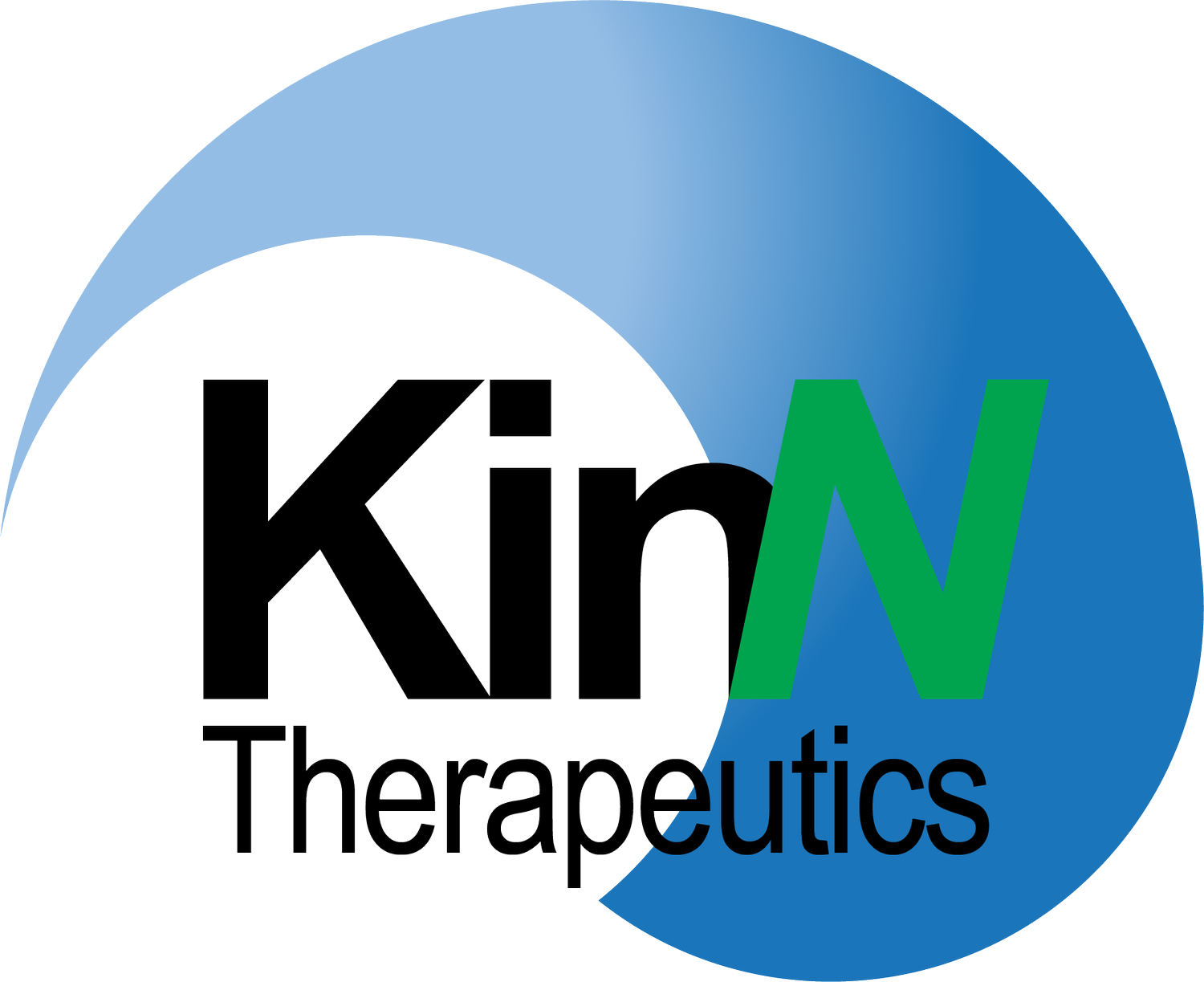Preclinical imaging
To accompany survival data, KinN Therapeutics offers the usage of several multimodal imaging modalities. The interplay between the suitable imaging modality and the model system is essential to achieve accurate preclinical validation of cancer therapies.
Bioluminescence imaging in an orthotopic ovarian cell line model. Helland et al., PLoS One, 2014
Optical Imaging
Optical imaging can be performed using a reporter gene (bioluminescence) or by a fluorescent probe conjugated to an
antibody (fluorescence) and is thus compatible with models derived from cell lines and primary material. Optical imaging is highly sensitive due to the low signal to background ratio. The images generated and the quantification of the signal detected (both bioluminescence and fluorescence) are used to determine disease dissemination and therapeutic efficiency of drugs. KinN Therapeutics AS has developed an extensive repertoire of optical imaging strategies in various murine models.
Ultrasound
KinN therapeutics has extensive experience using high-frequency ultrasound for tumour/organ characterisation. KinN therapeutics has access to a Vevo 2100 ultrasound system with an MS250 (13-24 MHz) and MS500D (22-55MHz) ultrasound probe giving resolutions down to 30µm. Using diagnostic ultrasound imaging we can accurately measure and characterise: volumes, vascularisation, perfusion, dynamic flow and many more physiological characteristics in 2D or 3D at frame rates up to 1000fps. The ultrasound modalities we can use are: B-Mode for anatomical imaging, M-mode for cardiovascular applications, Colour & Power Doppler for blood flow quantification and anatomical identification, Pulsed wave doppler for dynamic blood flow quantification, Contrast mode for perfusion quantification, and 3D mode.
PET/CT
PET/CT, short for positron emission tomography combined With computed tomography, is an imaging modality where radioactively labelled probes can be used to visualise tumor spread and mass noninvasively. We offer the use of the tracers 18F-FDG (glucose analogue) and 18F-FLT (thymidine analogue). The 18F-FDG tracer can be used on glucose avid malignancies, that is, malignancies that have a higher glucose uptake than normal healthy tissues. The 18F-FLT tracer represents an alternative for malignancies that are not glucose avid, or tumours that are located close to organs that have a naturally high glucose uptake. Using PET/CT imaging we
can assess tumor spread and quantify the difference in uptake of the tracers between treated and untreated mice.
MRI
Magnetic resonance imaging (MRI), utilises radio waves together with strong magnetic fields and gradients to noninvasively image organs in the body. The technique provides high resolution images and enables distinction between normal and malignant tissue. KinN Therapeutics AS has great experience using MRI in various murine models. Both 2D and 3D images can be generated.



